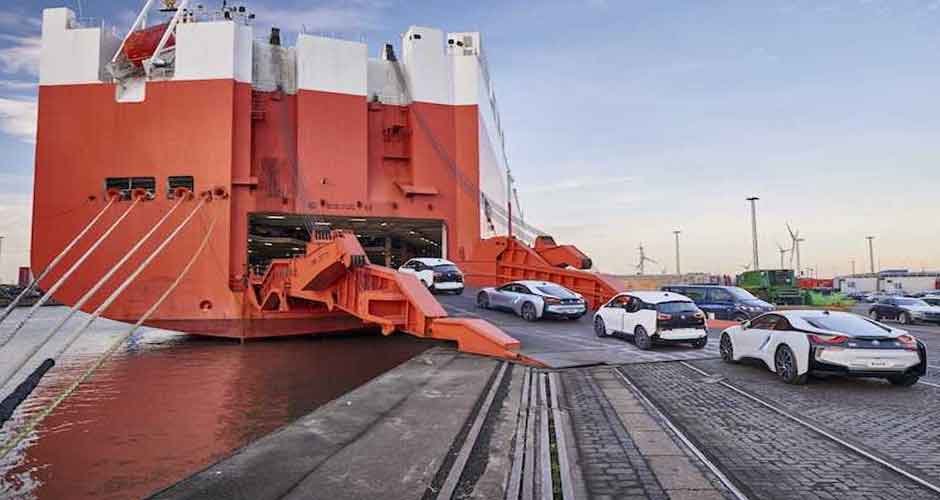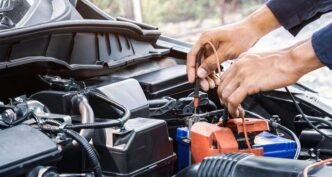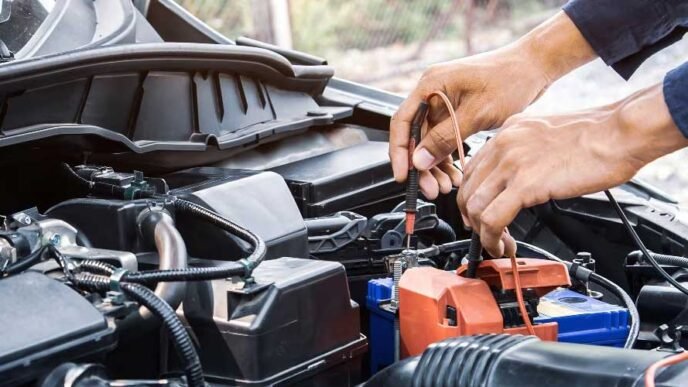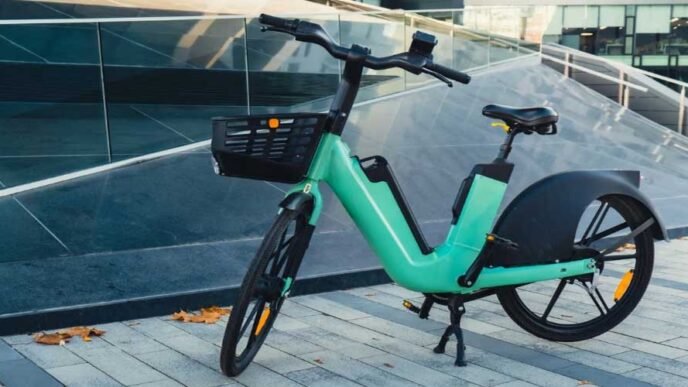Importing a vehicle from Japan can be an exciting and rewarding experience. Japanese cars are renowned for their quality, innovative features, and reliability. Whether you’re looking for a specific model, a classic car, or just a good deal, this step-by-step guide will walk you through the entire process of importing a Japanese vehicle to Australia. By understanding each stage, you can navigate the complexities with confidence and ease.
Understanding the Basics
Before diving into the process, it’s essential to understand why importing a Japanese car can be beneficial and what basic steps are involved.
Why Import a Japanese Vehicle?
Japanese vehicles are often well-maintained due to strict local regulations and frequent mandatory inspections. The wide range of models and often lower prices compared to local markets make importing an attractive option. Additionally, the Japanese car market includes many unique models not available elsewhere.
Car Shipping Japan to Australia
The journey from Japan to Australia involves careful planning and understanding the logistics of car shipping. This crucial step ensures your vehicle arrives safely and on time.
Choosing a Shipping Method
There are two primary methods for car shipping Japan to Australia:
- Roll-on/Roll-off (RoRo): This method involves driving the car onto a ship designed for carrying vehicles. It is generally cheaper but offers less protection than container shipping.
- Container Shipping: Your car is placed inside a shipping container, providing extra protection. This method is more expensive but is ideal for high-value or classic cars.
Shipping Costs and Timeframes
Shipping costs depend on the method chosen, the size of the vehicle, and the shipping company’s rates. On average, expect the shipping process to take 3-6 weeks. It’s important to get multiple quotes to find the best deal and timeline that works for you.
Finding and Purchasing Your Vehicle
Finding the right car and making the purchase is one of the most exciting parts of the process. There are several avenues to explore when looking for your dream car in Japan.
Japanese Car Auctions
Car auctions are a popular way to purchase vehicles from Japan. They offer a vast selection and competitive prices. Working with an experienced auction agent can help you navigate the bidding process and ensure you get a good deal.
Japanese Car Dealers
Many reputable dealers in Japan specialize in exporting vehicles. Buying from a dealer can provide additional peace of mind, as they often offer warranties and detailed inspections.
Private Sellers
Purchasing from a private seller can be more challenging but might yield unique finds or better deals. Ensure you perform thorough due diligence, including independent inspections and verification of the seller’s credentials.
Compliance with Australian Regulations
Australia has strict regulations to ensure that imported vehicles meet safety and environmental standards. Understanding these regulations is crucial to avoid any legal or logistical issues.
Obtaining Vehicle Import Approval
Before importing your vehicle, you must obtain a Vehicle Import Approval (VIA) from the Department of Infrastructure, Transport, Regional Development, and Communications. This document confirms that your vehicle meets Australian standards or qualifies for exemption.
Modifications and Compliance
Imported vehicles often need modifications to comply with Australian Design Rules (ADRs). These modifications may include adjustments to lighting, seat belts, and emissions systems. Working with a Registered Automotive Workshop Scheme (RAWS) workshop ensures your vehicle meets all necessary requirements.
Quarantine and Biosecurity
Australia’s strict biosecurity laws require that imported vehicles undergo a quarantine inspection to prevent the introduction of pests and diseases. Make sure your car is thoroughly cleaned, especially the undercarriage and engine bay, to pass this inspection.
Handling Import Duties and Taxes
Understanding the costs associated with importing a vehicle, including duties and taxes, is essential for accurate budgeting.
Import Duties
Import duties are calculated based on the vehicle’s customs value. The duty rate varies depending on the type of vehicle. For passenger vehicles, the duty is generally 5% of the customs value.
Goods and Services Tax (GST)
GST is charged at 10% of the vehicle’s customs value, including the cost of the car, shipping, and insurance. Ensure you account for this in your budget.
Luxury Car Tax (LCT)
If your vehicle exceeds the luxury car threshold, you may be liable for LCT. This tax is 33% on the amount above the threshold, which changes annually. Check the current threshold and calculate accordingly.
Preparing for Arrival
Once your vehicle arrives in Australia, several steps are required before you can legally drive it.
Clearing Customs
Your vehicle must clear customs, which involves submitting documentation, paying duties and taxes, and passing quarantine inspection. Using a customs broker can help streamline this process.
Compliance Testing and Modifications
If not already completed in Japan, your vehicle will need to undergo compliance testing and any necessary modifications to meet ADRs. This should be performed at a RAWS workshop.
Vehicle Registration
After compliance is confirmed, you can register your vehicle with your state or territory’s motor vehicle registry. This involves submitting the necessary documentation, paying registration fees, and obtaining compulsory third-party insurance.
Tips for a Smooth Import Process
To ensure a smooth import process, consider these helpful tips:
Research Thoroughly
Before making any commitments, thoroughly research the vehicle, the seller, and the import process. Knowledge is your best tool in avoiding pitfalls and ensuring a successful import.
Work with Professionals
Engaging experienced professionals, such as auction agents, customs brokers, and RAWS workshops, can save you time, money, and hassle.
Budget Carefully
Be aware of all potential costs, including purchase price, shipping, duties, taxes, modifications, and compliance testing. Budgeting carefully helps prevent unexpected financial burdens.
Enjoy Your Imported Japanese Vehicle
Importing a vehicle from Japan to Australia can be a rewarding experience, offering access to high-quality, unique cars. By following this step-by-step guide, you can navigate the complexities of the process with confidence. Whether you’re seeking a specific model, a classic car, or a reliable vehicle, understanding each stage—from car shipping Japan to Australia to compliance and registration—ensures a smooth and successful import. With the right preparation and resources, you’ll soon be enjoying your dream car, ready to hit the Australian roads.












